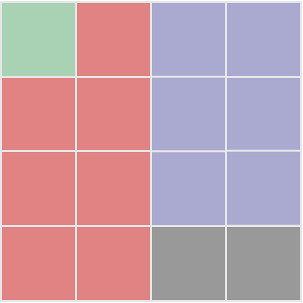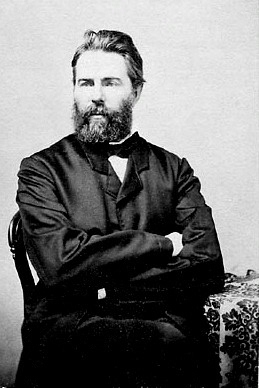What all of the publications above have in common is that I read, or read, them primarily in print. Though I browse the New York Times and Honolulu Advertiser nearly every day, exclusively online, I don't think I've ever read their letters to the editor, and I doubt that I'm alone in that regard (in fact, in writing this, I had to check to confirm that those dailies actually do publish letters online). One of the regrettable aspects of the rise of blogs, and the migration of print publications to the web -- to be considered, of course, alongside the many salutary effects -- is that the letter to the editor has been replaced by the comment.
The comment is immediate, anonymous (or at least pseudonymous), and populist; the letter to the editor is considered, signed, and carefully selected. Most comments on online articles and political blogs -- when they are not spam -- are, to put it mildly, pointless and ill-informed; even constructive comments usually feel rushed and unfiltered. (Comments on personal blogs are a separate issue -- I'm concerned here with widely read cultural and political argument.) Letters to the editor can take many forms -- and they are indeed often mean-spirited, sentimental, or silly -- yet they are by and large worth reading, for the simple reason that there are several layers of effort and mediation necessary for the letter to see publication.
The internet has forever altered the way we publish and share news and ideas, mostly for the better. But so far, the changes in the way that we publicly respond to those ideas haven't been as positive. I think we would do well to move away from the unfiltered populism of the comment to something more like the letter to the editor.
Comment away!


